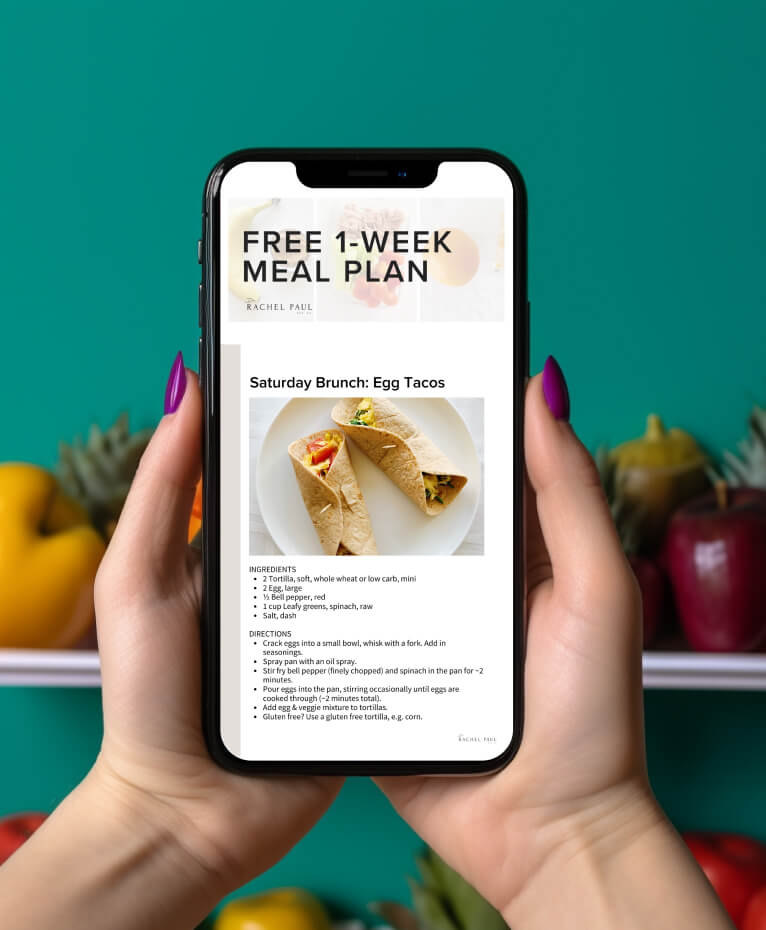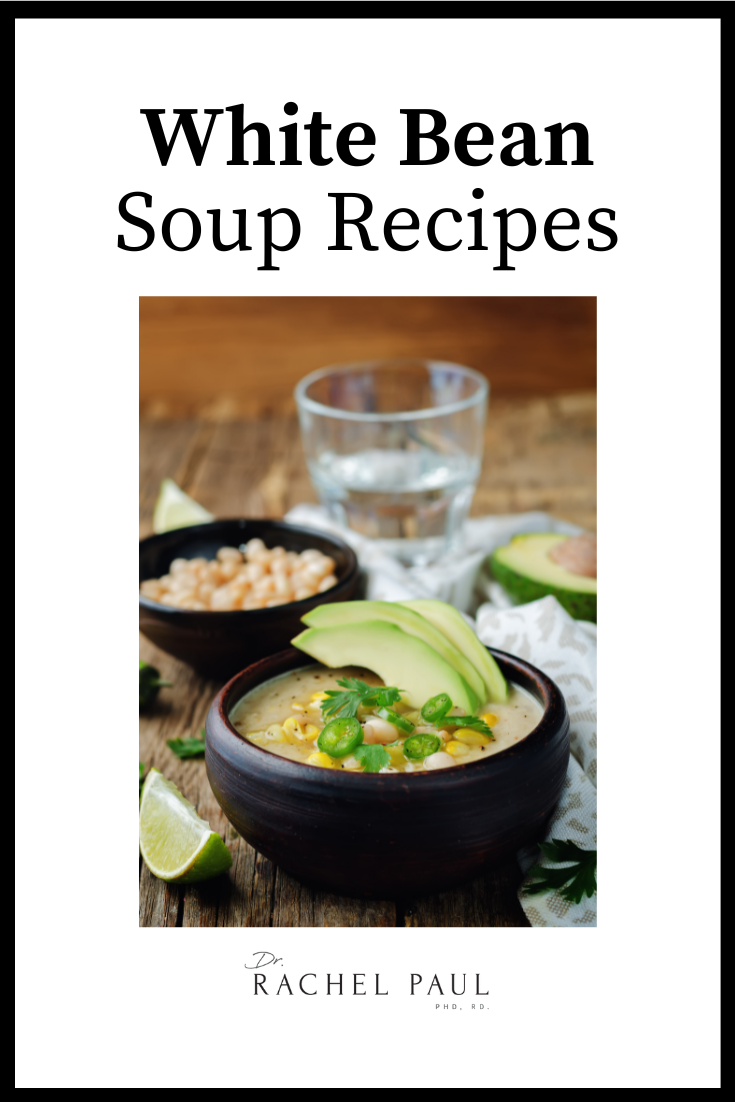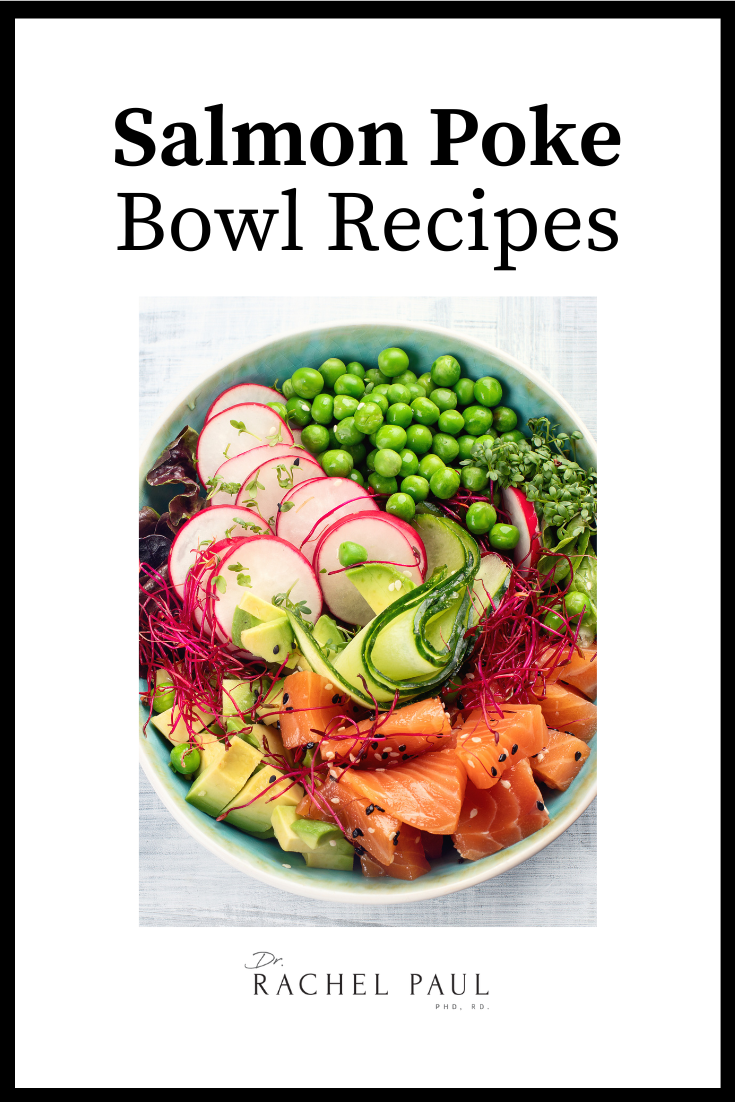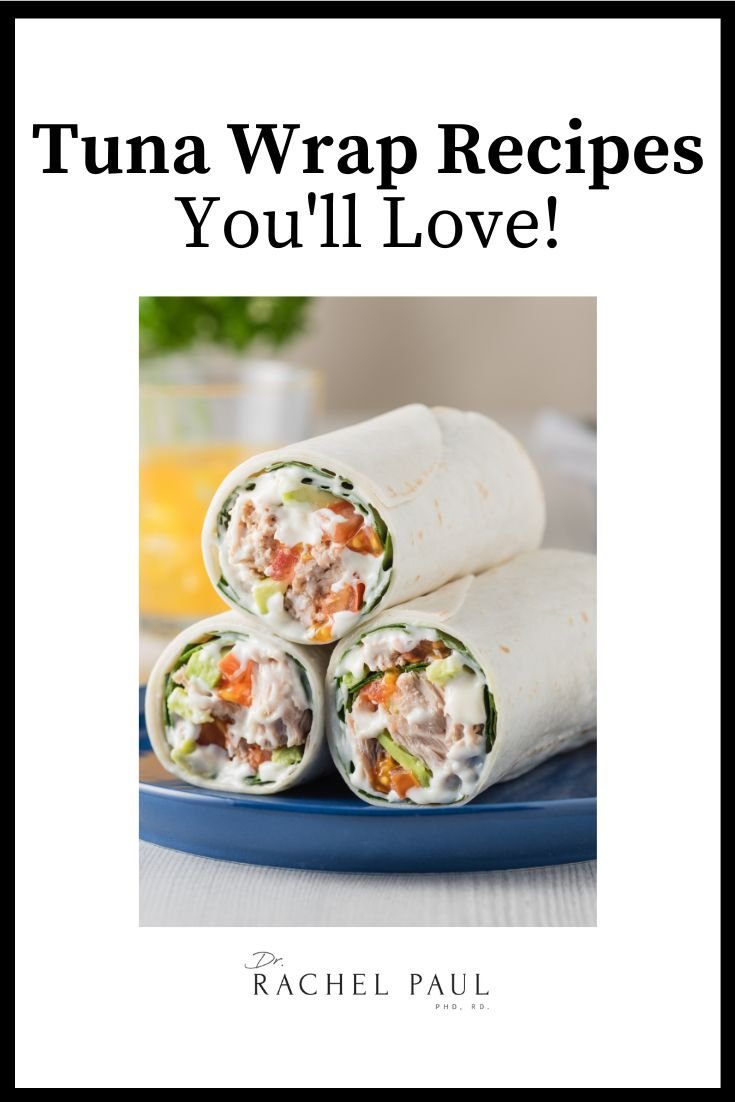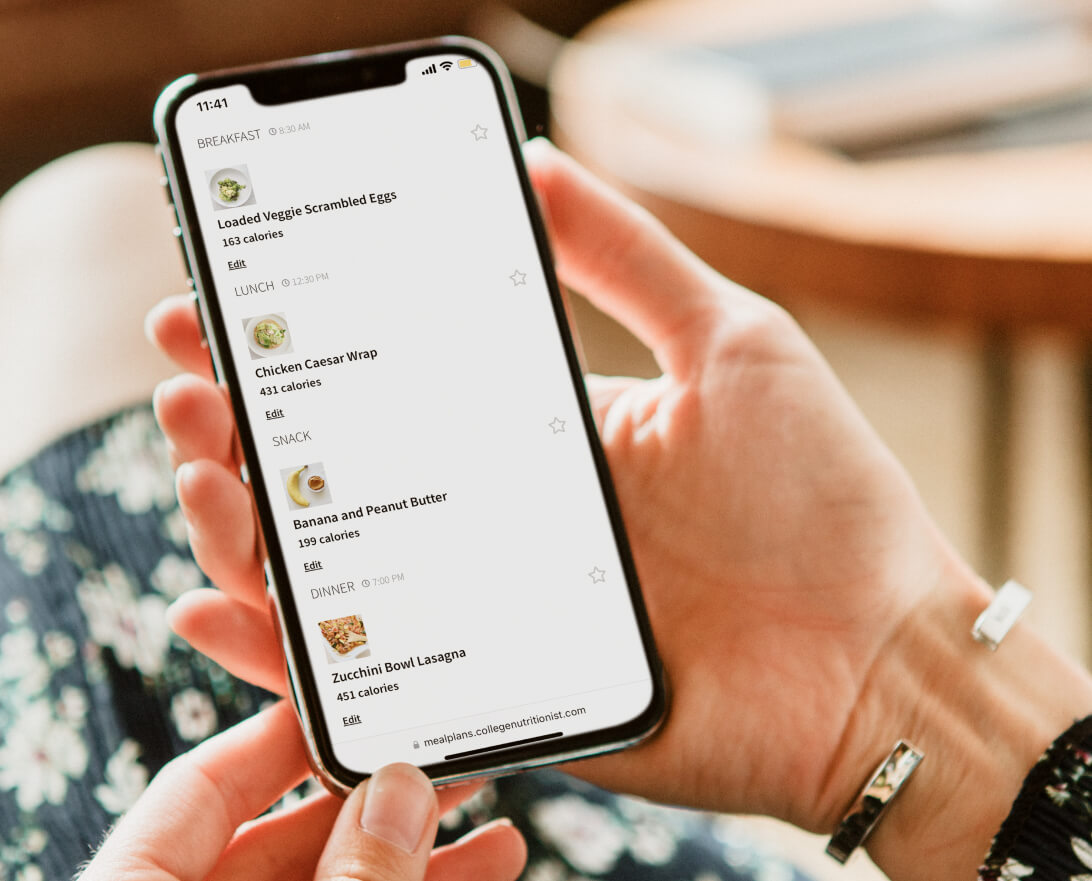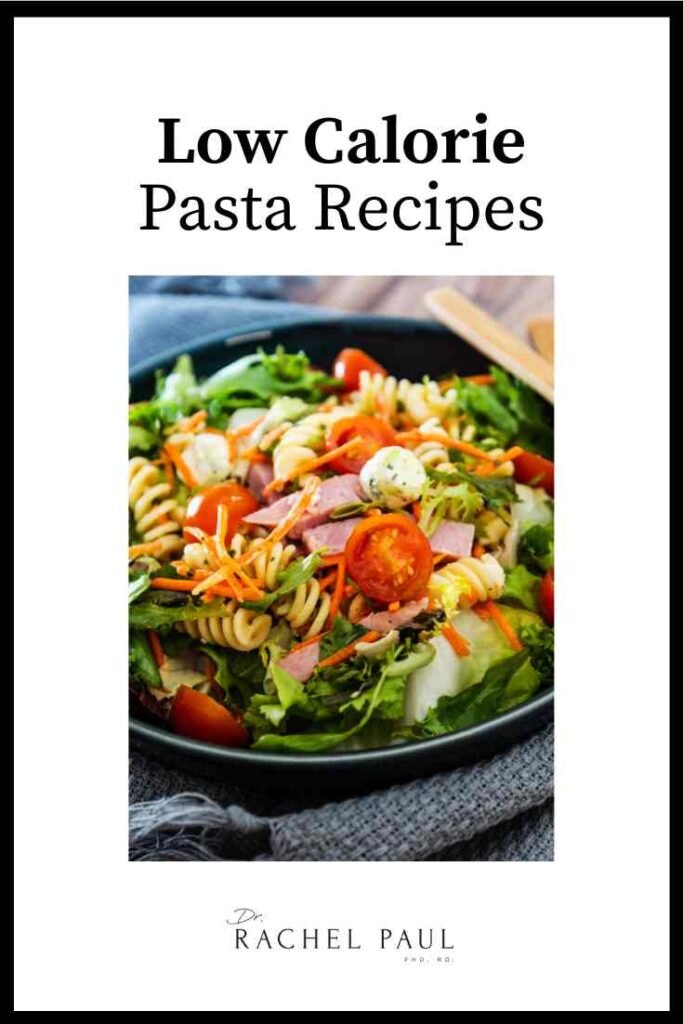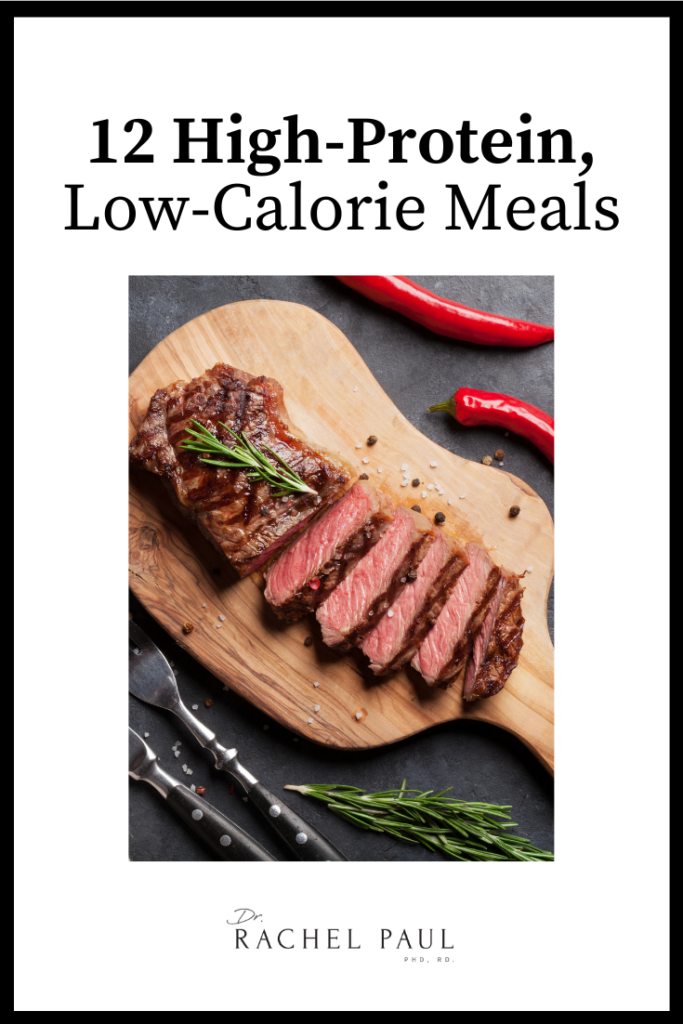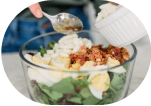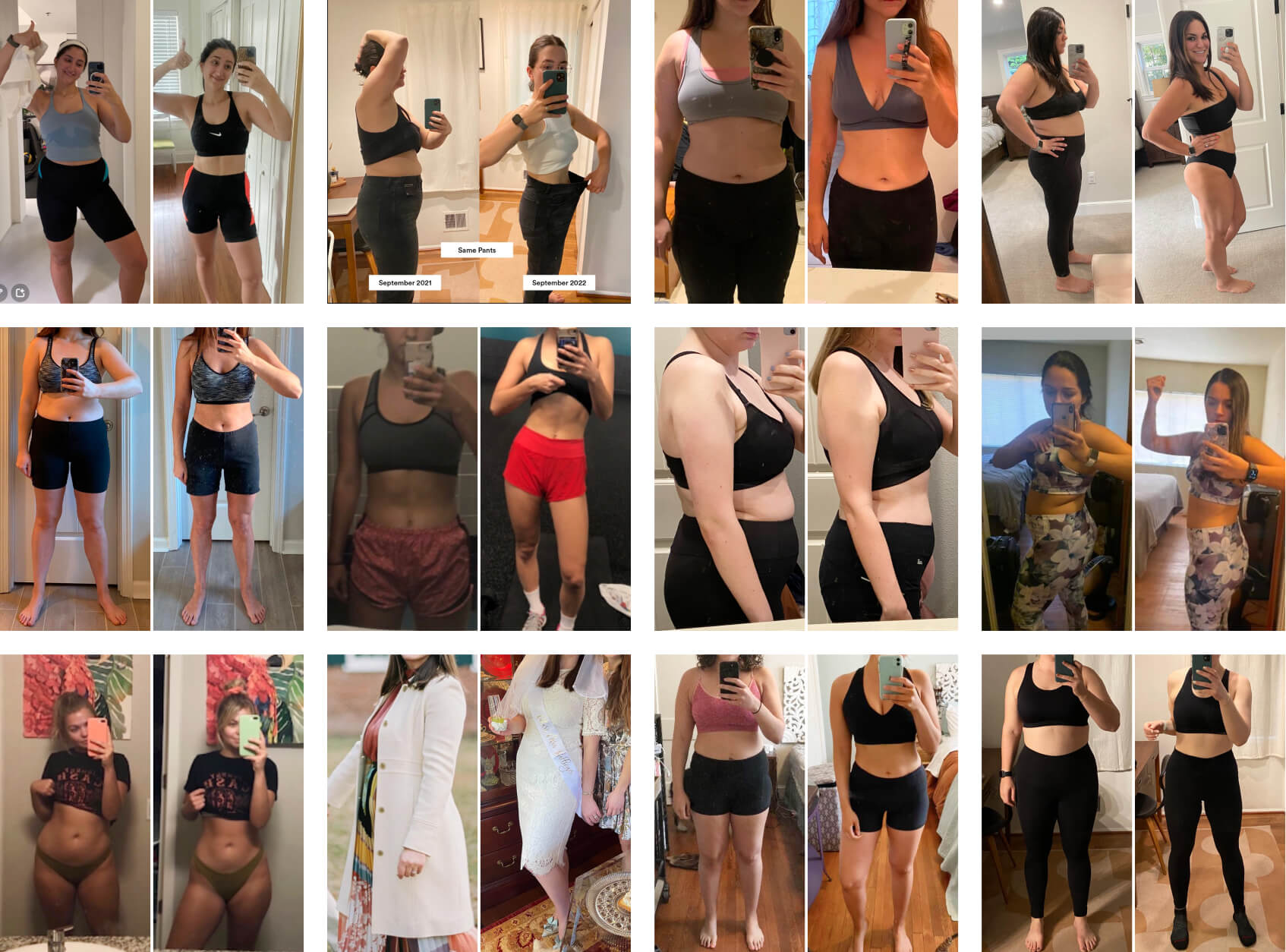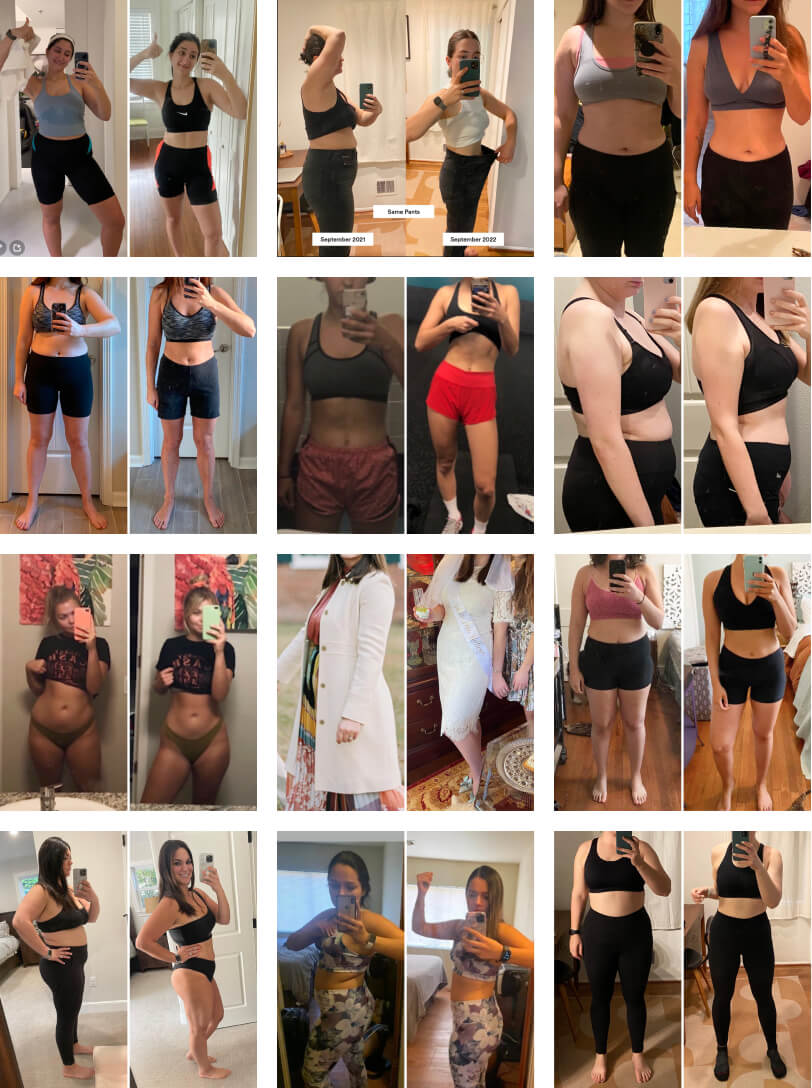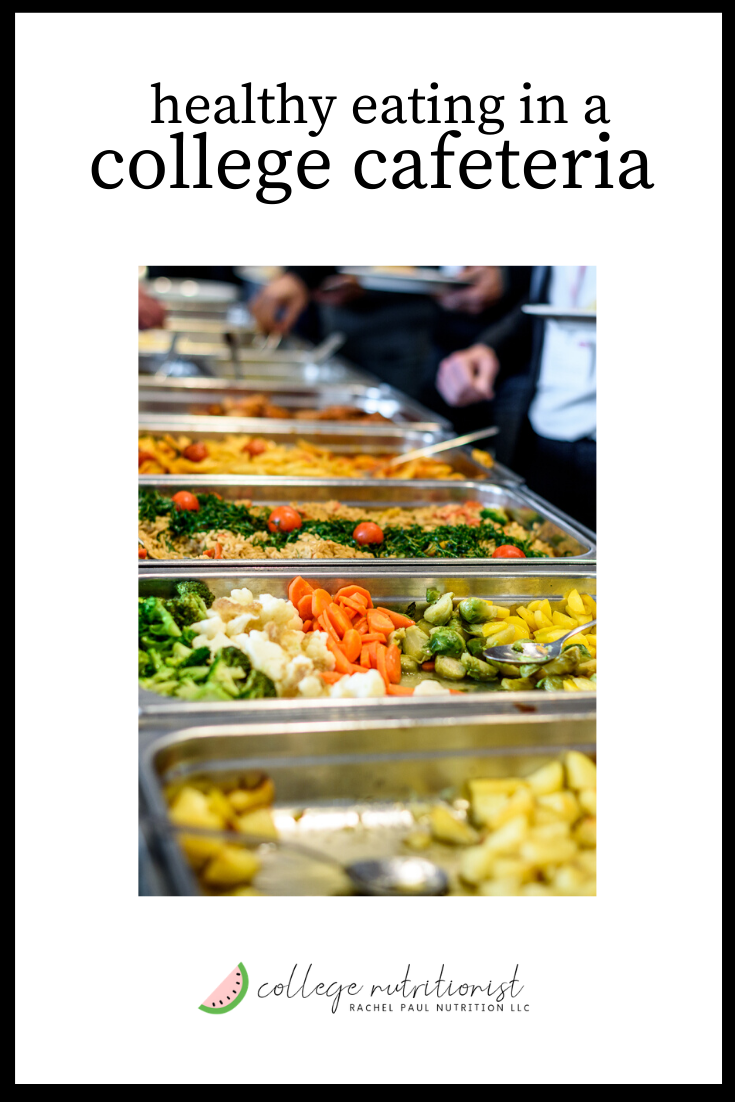
As we approach the start of the new school year, college students everywhere are planning their return to campus. If you plan to live in the dorm, eating healthy might be a challenge.
There are 4 main reasons I believe it is important to eat healthy in college:
Weight management/ weight loss
Good sleep
Better mental health
Better academic performance
As a college student it can be SO easy to slip into unhealthy eating habits. After all, junk food is just easier to get and easier to take with you. Before you reach for that packaged Bear Claw at the grocery store, keep reading for my tips on eating healthy, even in a college cafeteria!
Eating Healthy in a College Cafeteria
University dining halls have come a long way over the years, and most offer many healthy options. You just have to know what to look for! Here are some tips to help you make healthy choices this school year.
Track Your Food
How do you determine the correct calorie amount for you? I honestly have found that app algorithms and calculations based on your height, weight and gender are pretty inaccurate – because they do not take into account your metabolism!
This is where tracking your meals becomes really helpful. I recommend keeping track of what you are eating normally for 3-5 days without restriction. If you are trying to lose weight, subtract 100-250 calories from that average. This way, your new calorie goal will suit your metabolism, and will be doable for the long term (it does not make any sense to follow a 1200 calorie per day diet only to go back to your “normal” way of eating later on, and gain the weight back, right?)
Even if your only goal is to avoid the “freshmen 15”, tracking your meals will still help you stay on track and avoid weight gain. Tracking will also help you see what food groups you are eating regularly, so you will know if your diet is missing anything important.
Review the Cafeteria’s Menus
If you know what is on the menu and what is in each entree, it will be easier to choose the healthier options.
When possible, choose the low-carb and low-starch foods. If you have the choice between russet and sweet potatoes, choose sweet. If one entree is served over rice and another is served with vegetables, choose the vegetables.
In general I recommend avoiding starchy foods like rice and pasta, but if you must have rice, choose brown instead of white.
Pick Lean Proteins
Even the dining hall buffet, with all of it’s desserts and all-you-can-eat, will have plenty of lean protein choices.
When you go through the buffet line, look for things like chicken breast, salmon or turkey. Avoid things like hamburgers that are full of grease and on a high-carb bun.
Load Your Plate with Fruits and Veggies
If you’re totally overwhelmed with the options, or you can’t figure out what might be a healthy choice, you can’t go wrong with a pile of vegetables, and fruit is just sweet enough to make you forget that you didn’t grab dessert.
When all else fails, hit the salad bar!
Avoid Highly Processed Snacks
Many times the things that are the easiest to grab on the run are full of sugar, high in carbs and highly processed. These are the foods that give you a quick burst of energy, but leave you crashing an hour later.
Instead, reach for sliced apples, beef jerky, cheese sticks, a granola bar or a small package of nuts. These are not only easy to take with you in a rush, but they will give you the energy and mental focus you need to get through your next class or homework session.
Focus on Eating Only When Your Hungry, Not from Boredom, Stress or Other Emotions
This is the toughest one. But it may be the most important! Boredom and emotional eating are one of the biggest causes of weight gain.
Learn your body’s personal hunger & fullness cues. When you’re feeling an emotion and you’re not hungry, you have to find other activities besides eating. Text a friend to say hi, take a quick walk around the block (or even just the room), or practice calm breathing. This can be tough, but it absolutely gets easier as you build the skill. Talk with a therapist if that helps.
One trick that might help you learn your cues is to drink water any time you feel an urge to grab a snack and see if the urge passes. Then if you are still actually feeling hungry, make sure you grab a healthy snack, like sugar free greek yogurt.
Make a Plan
No matter where you are eating, the most important thing is to have a plan. When you have a plan it is much easier to stay on track. There is nothing harder than trying to make a healthy choice when you are already so hungry that you’ll eat the first food you see.
Spend a little bit of time each week, or at least each day, creating a plan for what you will eat. Take into account the number of calories you need each day, and your favorite dining hall meal choices, and make a plan. Trust me, you’ll thank yourself!
What to Order at Different Cafeteria Stations
Breakfast
When possible, stick with low-sugar options like:2 hard boiled eggs + side of guacamole + 1 cup chopped fruitAn omelet with cheese, broccoli (or other non-starchy vegetables) and a side of fruit instead of potatoes 2 fried eggs with cheese + 3 pieces of bacon + side of fruit 1/2 whole wheat bagel toasted with 2 Tbsp peanut butter
Salad Bar
Here’s my go-to formula for lunch & dinners:
2 cups non-starchy vegetables (about 50 calories)
1 “regular” serving of protein (about 120 calories) – e.g. 1 chicken breast, 1 can of tuna
100-200 calories of fats – e.g. nuts, cheese, avocado, olives, bacon, etc.
Before we move on – 1 note about veggies in salads. I will say that 2 cups of greens = 1 cup of veggies because there’s so much air in there. Therefore, for salads, it’s really 3 cups of veggies, because you have the 2 cups of greens, and then you have 1 cup of additional vegetables. For the
base of a salad, choose 2 cups of any green you like – mixed greens, romaine, butter lettuce, arugula, etc. Change it up week to week so you get a variety of benefits, but other than that, choose what you like! Now, add 1 more cup of non-starchy veggies. The good news is that for many veggies, just choose 1 veggie and chop it up – that’s about a cup! No more “half a tomato here, half a bell pepper there”. Come on, who has time for that??
Now for the protein! Here are some easy options:
2 hard boiled eggs, cut in halves or quarters
1 grilled or baked chicken breast
4oz grilled or baked steak1 tofu “steak”
1 4oz grilled or baked salmon filet (or other fish)4oz ground, stir-fried beef or turkey
And now for adding delicious fats!
1/8-1/4 cup nuts1/3 cup shredded cheese (like cheddar, mozzarella, etc.)
1/3 cup cheese crumbles (like blue cheese, feta, etc.)
1 single-serving packet guacamole
1/2 avocado
1/3 cup bacon bits (or about 3 bacon strips)
A note on salad dressings: I recommend sticking with 1 Tbsp of regular salad dressing (any type – oil or creamy), or 2 Tbsp of light dressing like fat free Italian. I love the taste of dressings, but they’re often not worth the calories.
Soups
I recommend choosing a soup that’s low carb. The types of soups that I like therefore don’t have pasta or rice in them, and are typically more filling and satisfying. Here are some good examples:
Chicken & vegetable, broth-based soup
Broccoli cheddar
Cream of mushroom
French onion soup
The Grill
I actually find the grill to be one of the easiest places to make a good choice!
Get a grilled chicken breast & add a side salad from the salad bar, or a side of fajita vegetables from the grill if available
Burger topped with melted cheese and lettuce and tomatoes on the side
Sweet potato fries as a side
Grilled vegetables as a side – typically the grill has vegetables they’ve grilled such as fajita vegetables
You can often get some larger vegetables from the salad bar and ask the grill to cook them, e.g. portobello mushrooms
Sandwich Bar
Make an open-faced sandwich with one piece of toasted, whole grain bread. Here are some ideas!
Tuna salad with tomatoes and melted cheese
Turkey slices + 1/2 avocado + tomato
Ruben: Roast beef + sauerkraut
Classics
Make a complete plate with:
Protein: 4oz pulled pork, 1 chicken breast, 4oz beef brisket
Veggies: 2 cups (typically scoops!) of collard greens, spinach salad, roasted broccoli, etc.
If a starchy side like mac & cheese looks very appetizing, ask for half a scoop
In terms of fats from my formula, fats are typically cooked into meals that are already prepared (like butter, oils), so you don’t generally need to worry about adding them in.
Pizza Station
Take 1 slice of pizza with a side of veggies from the salad bar (see ideas above), and another side of meatballs if available & if you’re hungry!
Read Next

